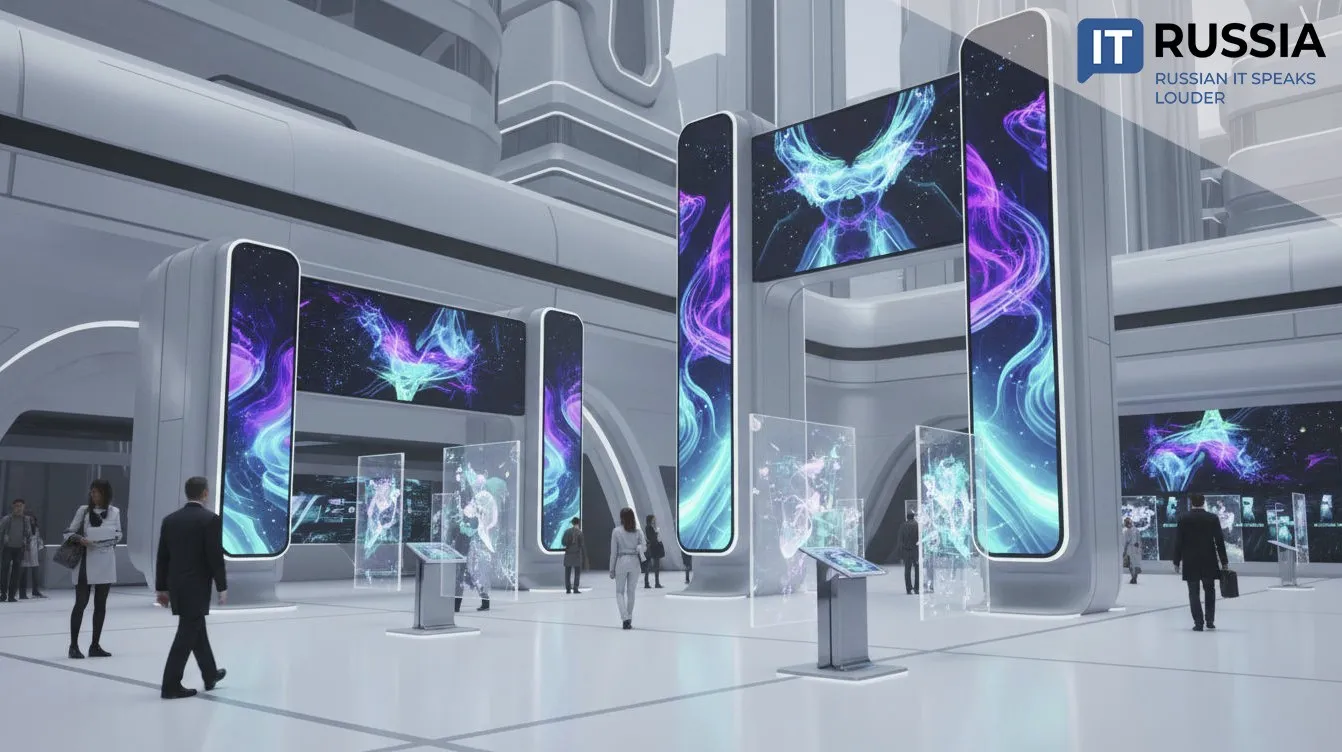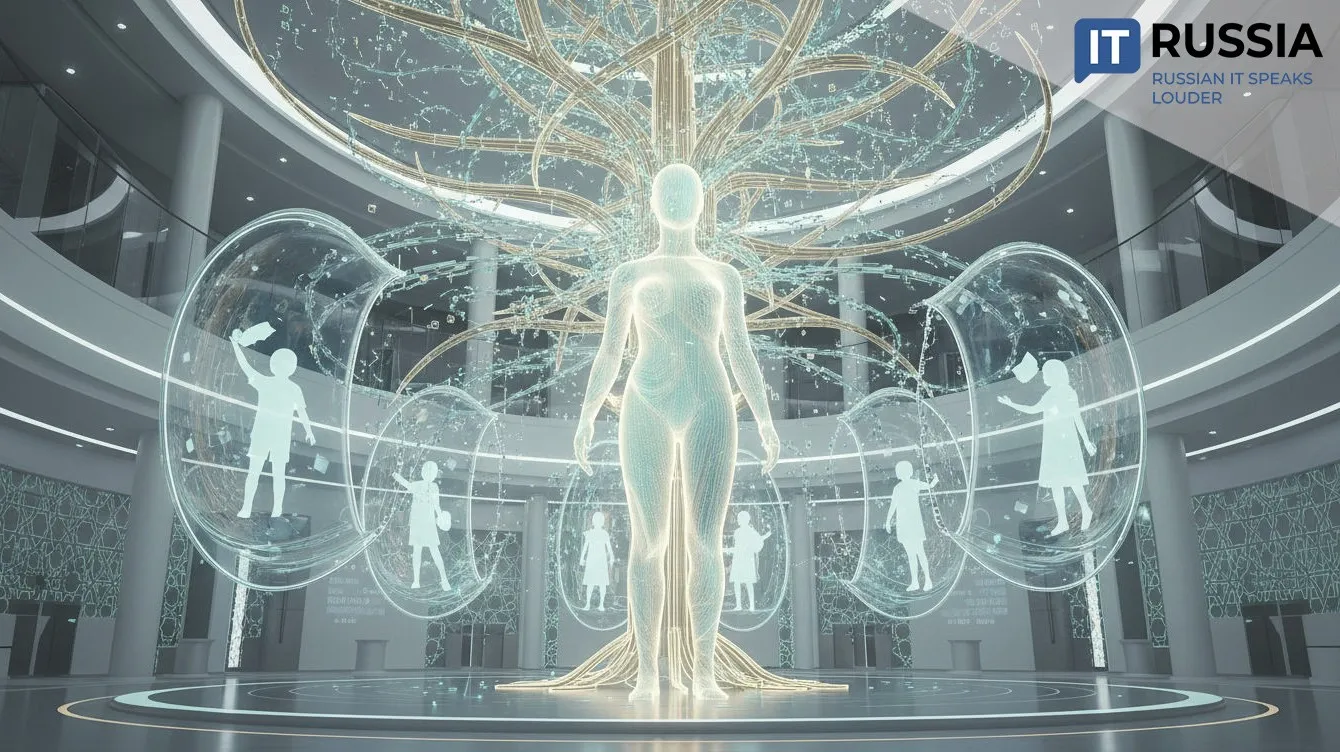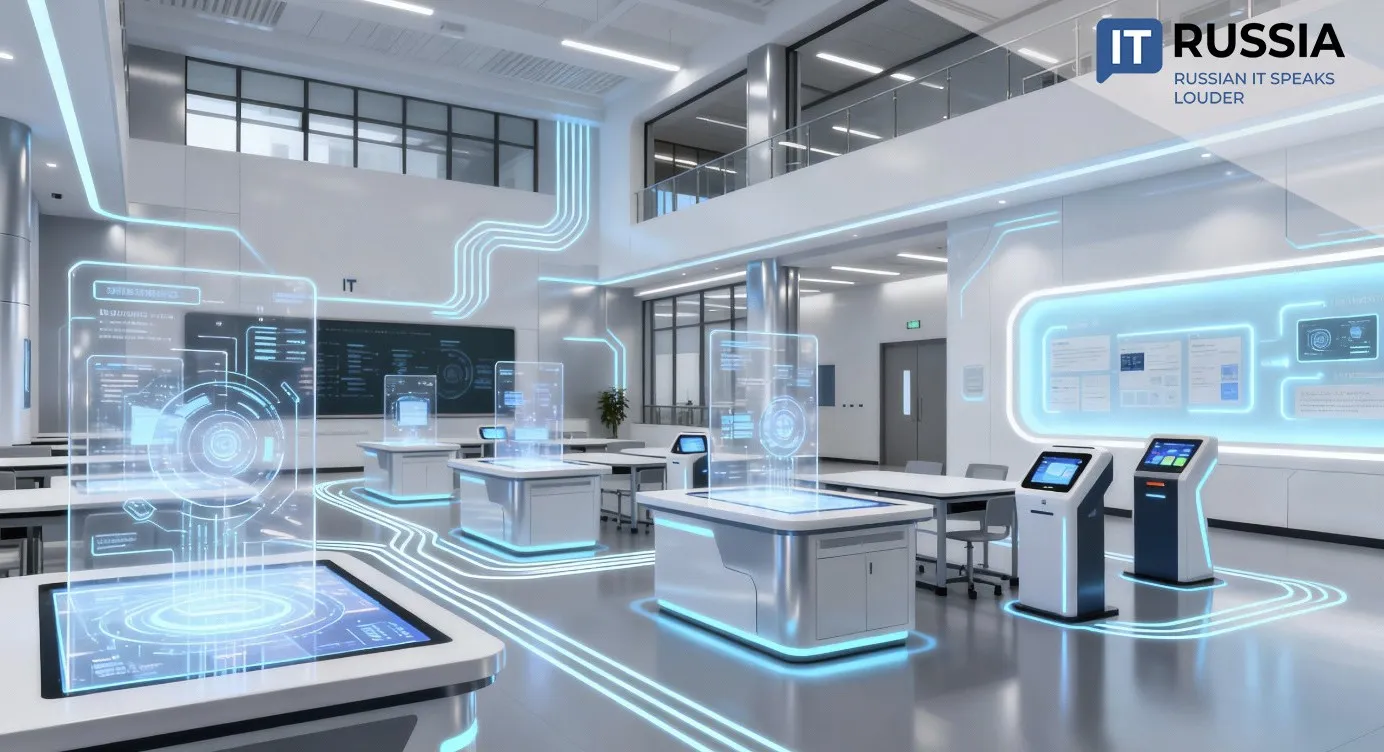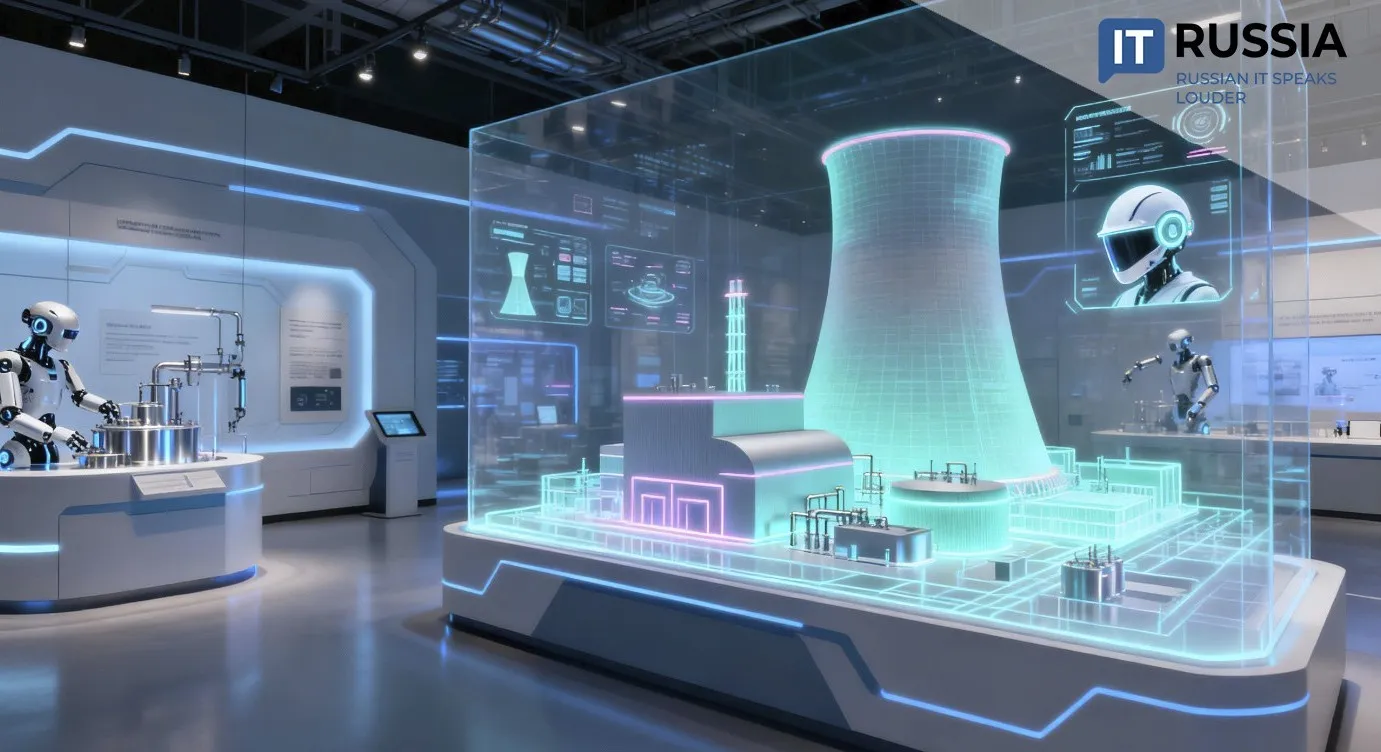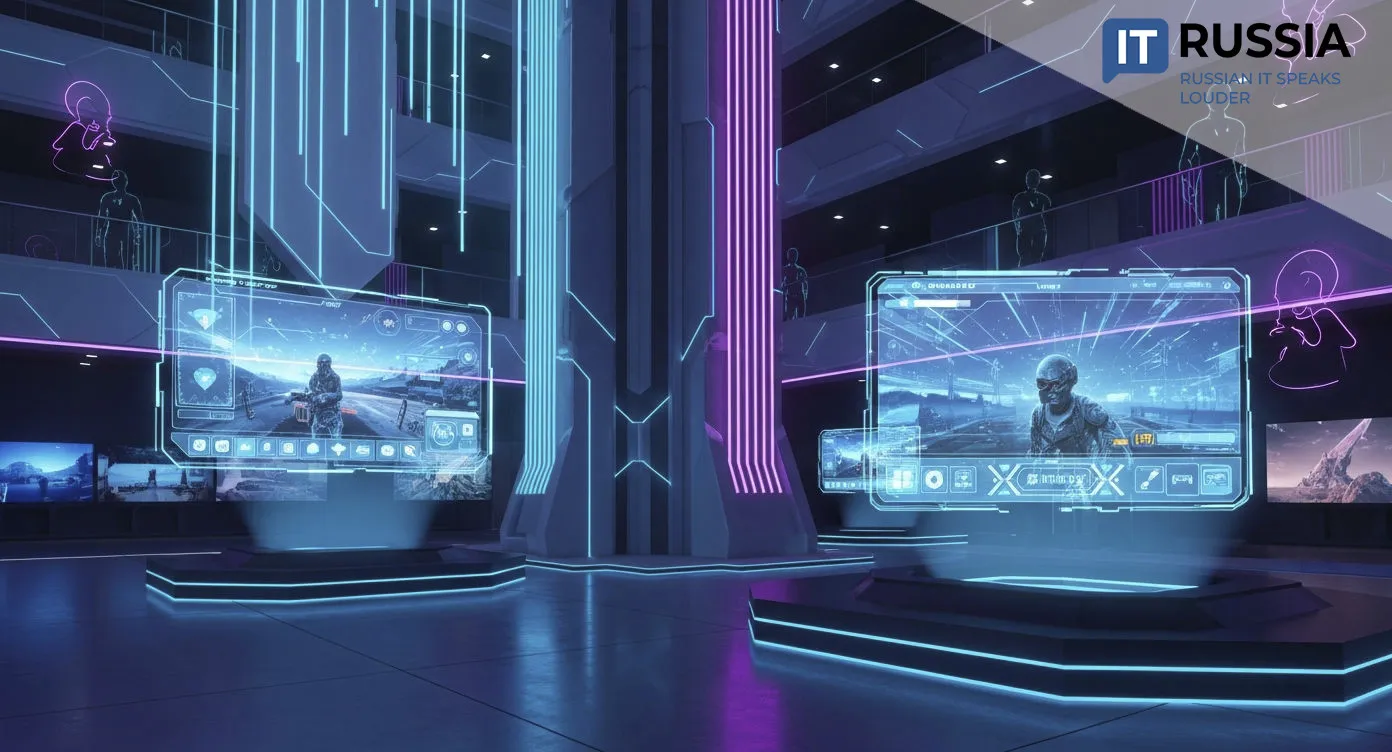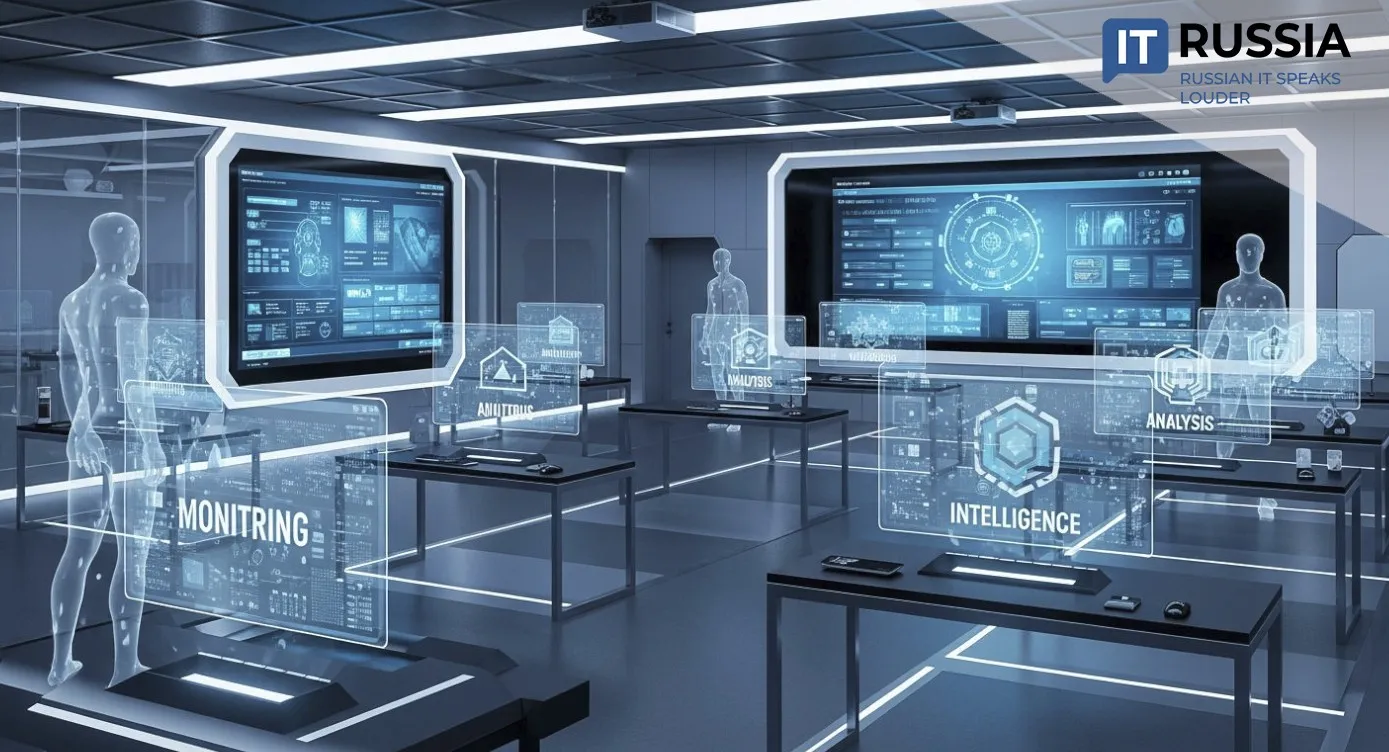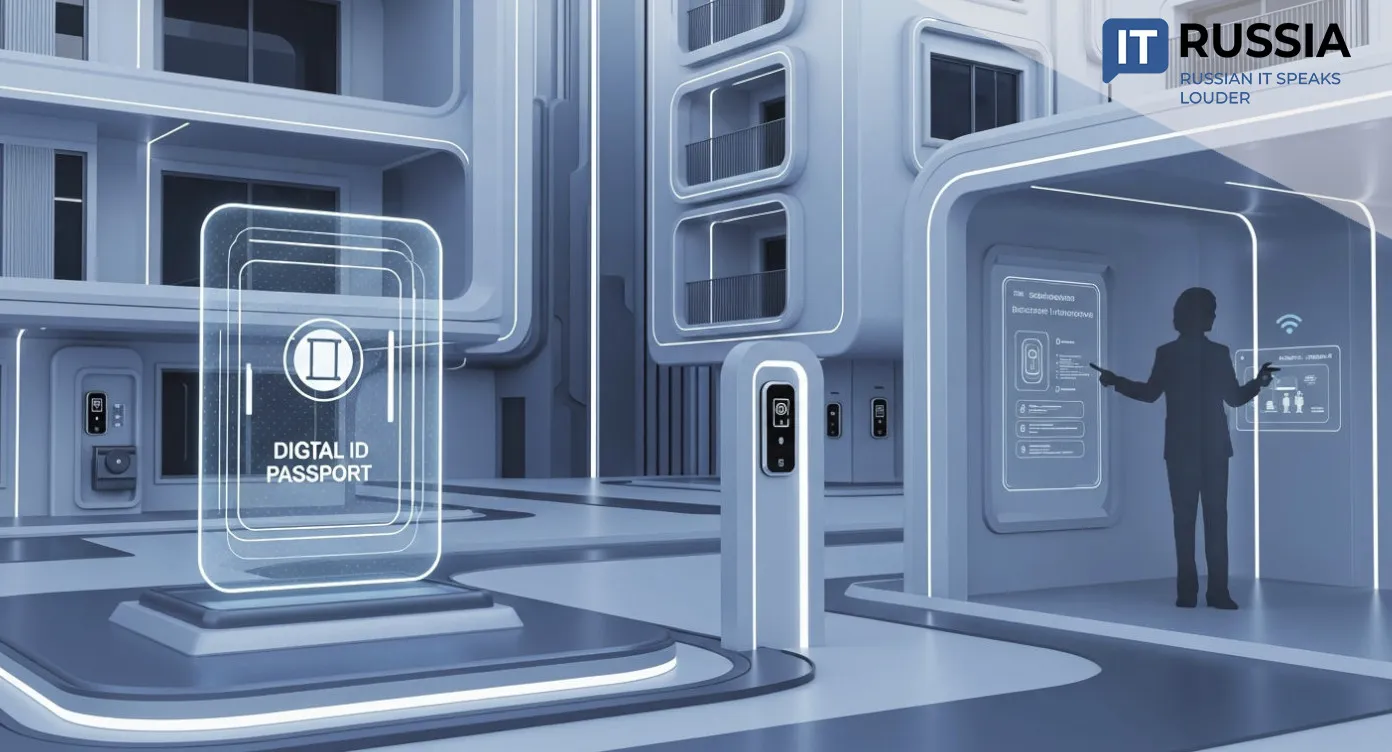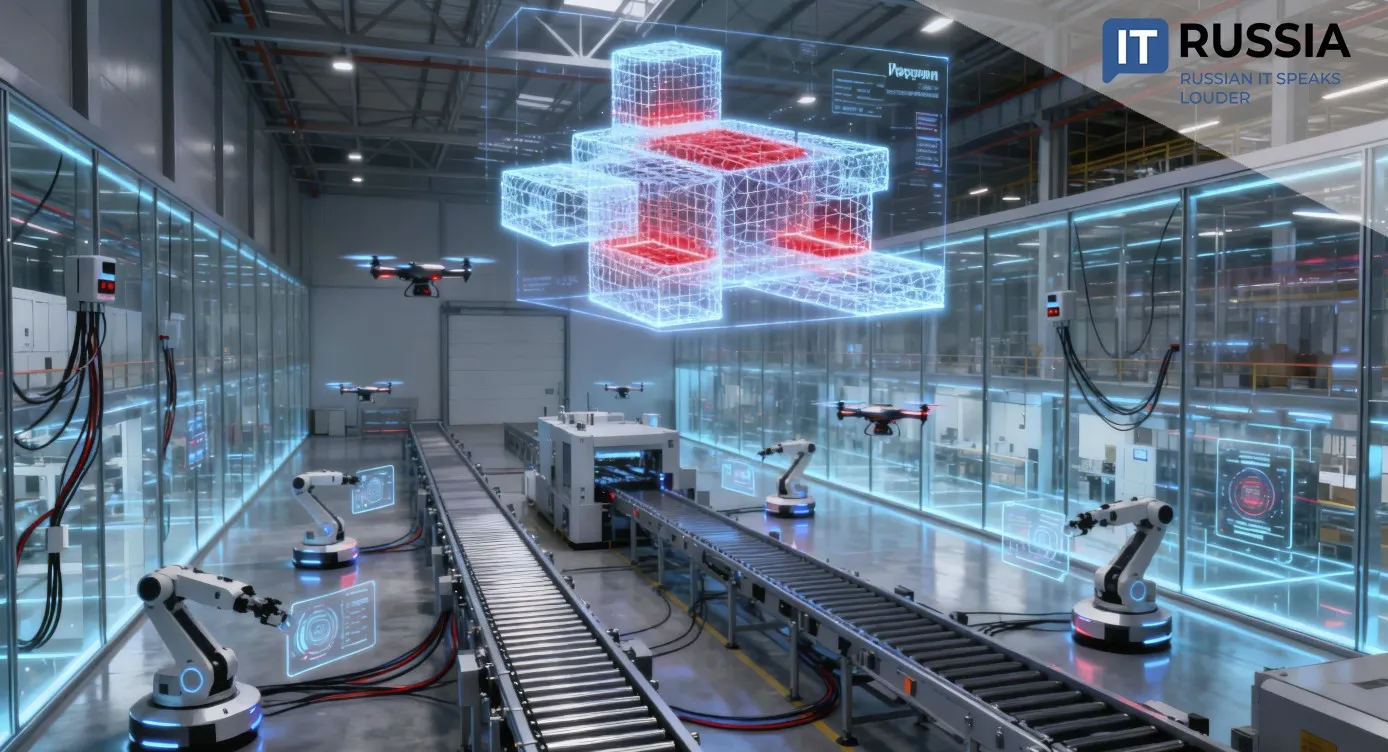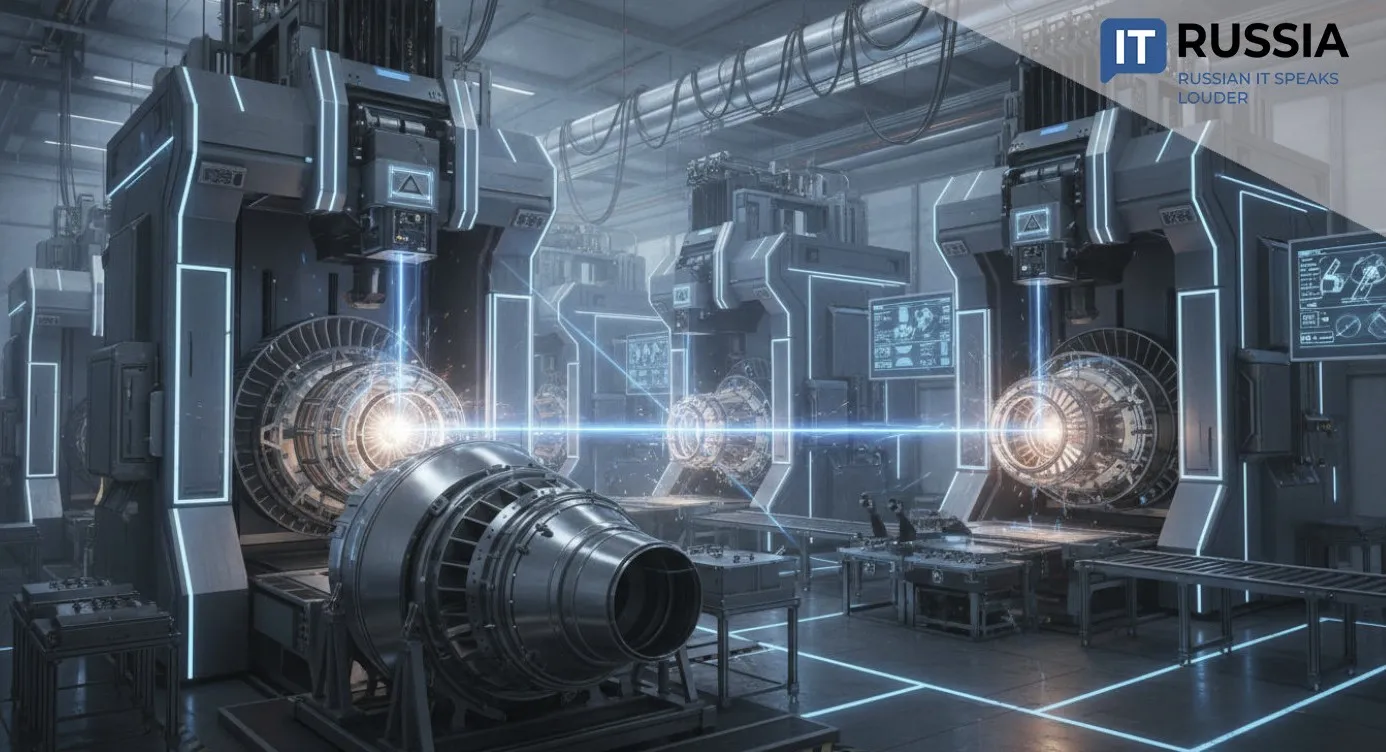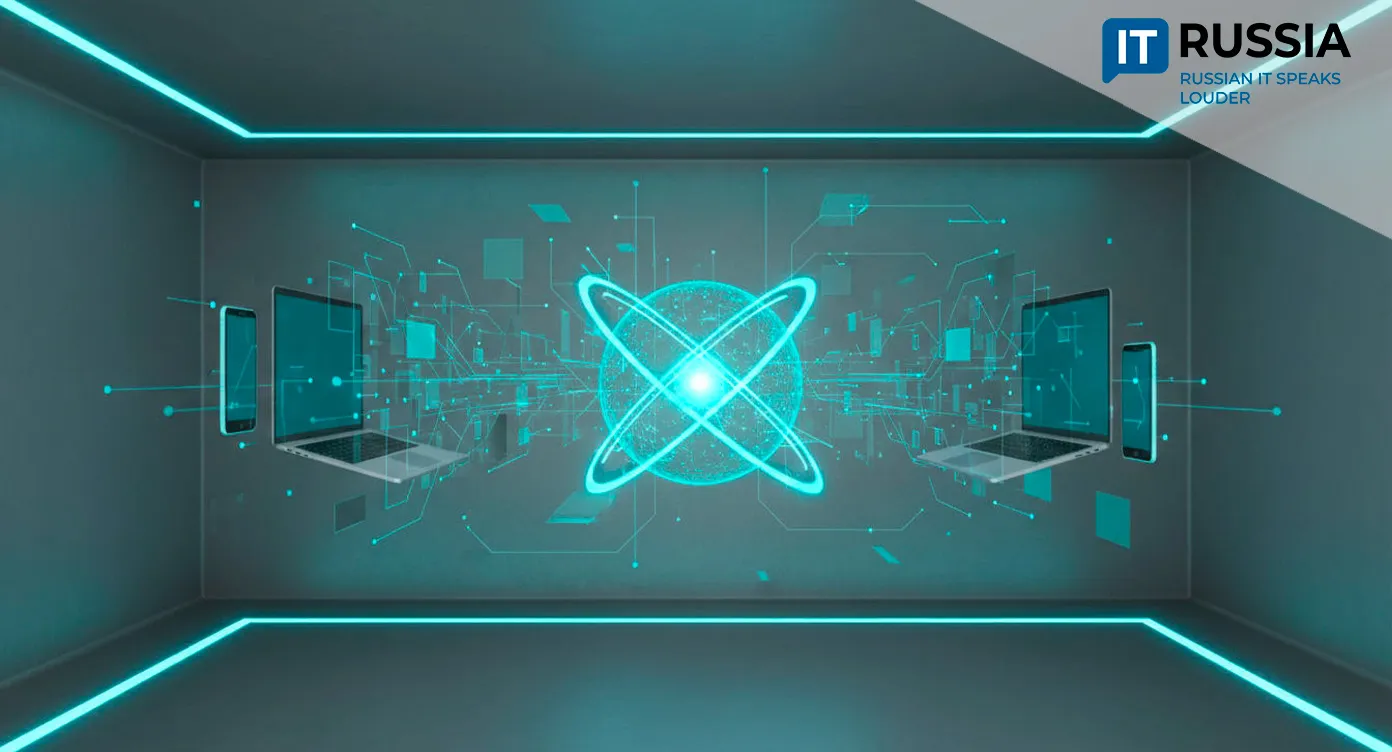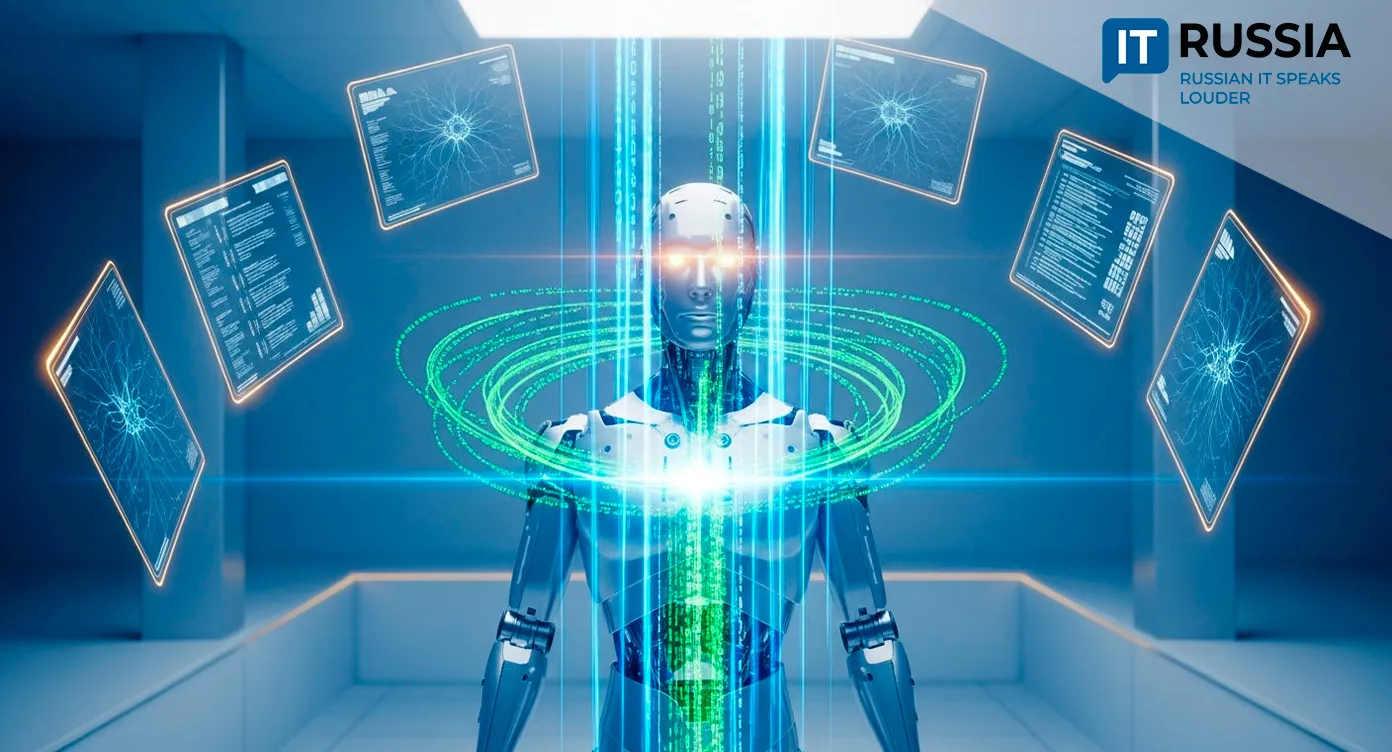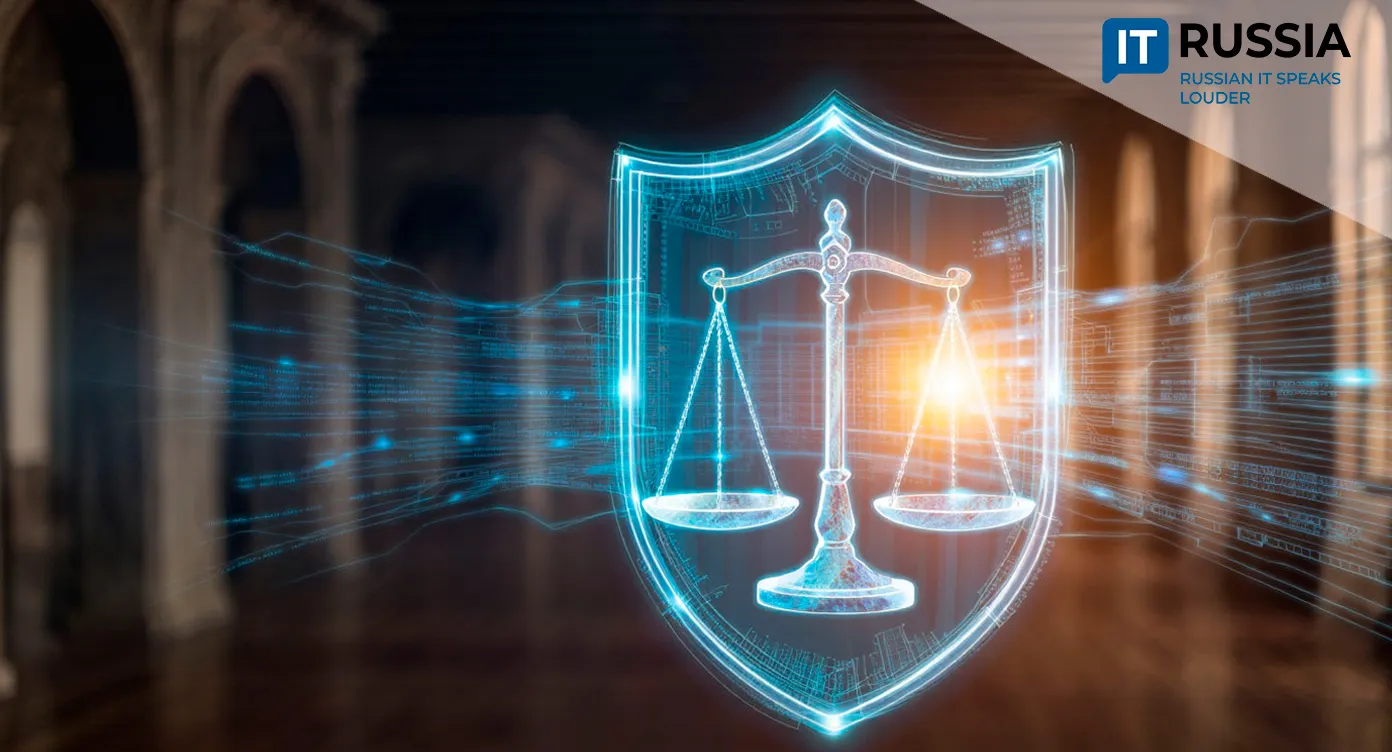Factory Skills in Digital Form: A Russian Chemical Plant Trains Workers Through an IT Platform

In Russia, some industrial enterprises are so unique that their equipment exists nowhere else in the world. To master such machinery, workers must immerse themselves in the life of the plant. A workforce at such industrial giants can number in the thousands. How do you reach every single person with the basics of information and industrial safety, and at the same time teach them to operate complex machinery? Now, digital technologies are stepping in to make that journey easier.
Money Has a Color
The Pigment plant stands in the city of Tambov. Even if you have never heard its name, you have held its work in your hands: Russian banknotes carry the pigments produced here. This alone says much about the level of the enterprise. Yet there is more: over 400 types of products are manufactured at Pigment, shipped to every region of Russia and to more than 25 countries abroad.
The company follows a strategy of constant growth and modernization—whether in production, energy, or environmental protection. It invests heavily in innovation and new products, as well as in philanthropy. For Tambov, Pigment is more than a plant: it is one of the city’s leading employers, providing jobs and stability for families. More than 1,500 positions exist here, from technicians to engineers to highly trained chemical scientists.

The machinery is complex, the tasks demanding, and so every employee is required to train. To learn how this works, we spoke with Ivan Uglov, head of Pigment’s Department of Digital Technologies.
A Virtual World Forgives Mistakes
Training and educating employees has long been a tradition at Pigment. Not long ago, safety lessons and equipment briefings took the form of standard lectures.
“It was hard to gather everyone at the same time,” recalls Uglov. “Shifts are different, and the plant is like a city within a city—walking from one workshop to another could take half an hour. And not everyone absorbs information by ear. We began looking for a digital solution.”

It started with a virtual simulator for electricians. Several years ago, Pigment partnered with Sberbank to create it. Powering a vast industrial site is like blood flowing through veins—stoppages are unacceptable. A single wrong switch could shut down the entire plant. So they trained electricians in virtual reality headsets. Immersed in a simulated workspace, they could practice flipping switches, even shutting down a substation, and see the results without risk. The simulator delighted workers, especially the older ones, who found the experience both novel and engaging. A virtual world forgives mistakes—as long as you learn from them.
Lessons for Everyone
The next task was broader: to train not just electricians but all employees. Even janitorial staff needed to learn the basics of information and industrial safety. The higher the responsibility, the more courses required.

The Russian software developer RELEX took on the project.
Each employee receives a personal login. They enter the platform and immediately see their assigned courses. Training can be done at any time. For those less comfortable with computers, special classes are held, raising digital literacy along the way. One course even addresses cyber hygiene—how not to fall victim to online scams in daily life, and how to keep cybercriminals away from the plant’s networks.
The training is lively and engaging, full of images, graphics, and animations. Those who dislike reading can have the text read aloud by a robot voice. Lessons are anchored in real-life examples: to explain cybercrime, the system links to actual news stories. Tests, too, are built around real scenarios, like: “A colleague sends you a strange link and asks you to click. What do you do?” Employees can practice as many times as they want, but the final exam must be taken in the computer lab.
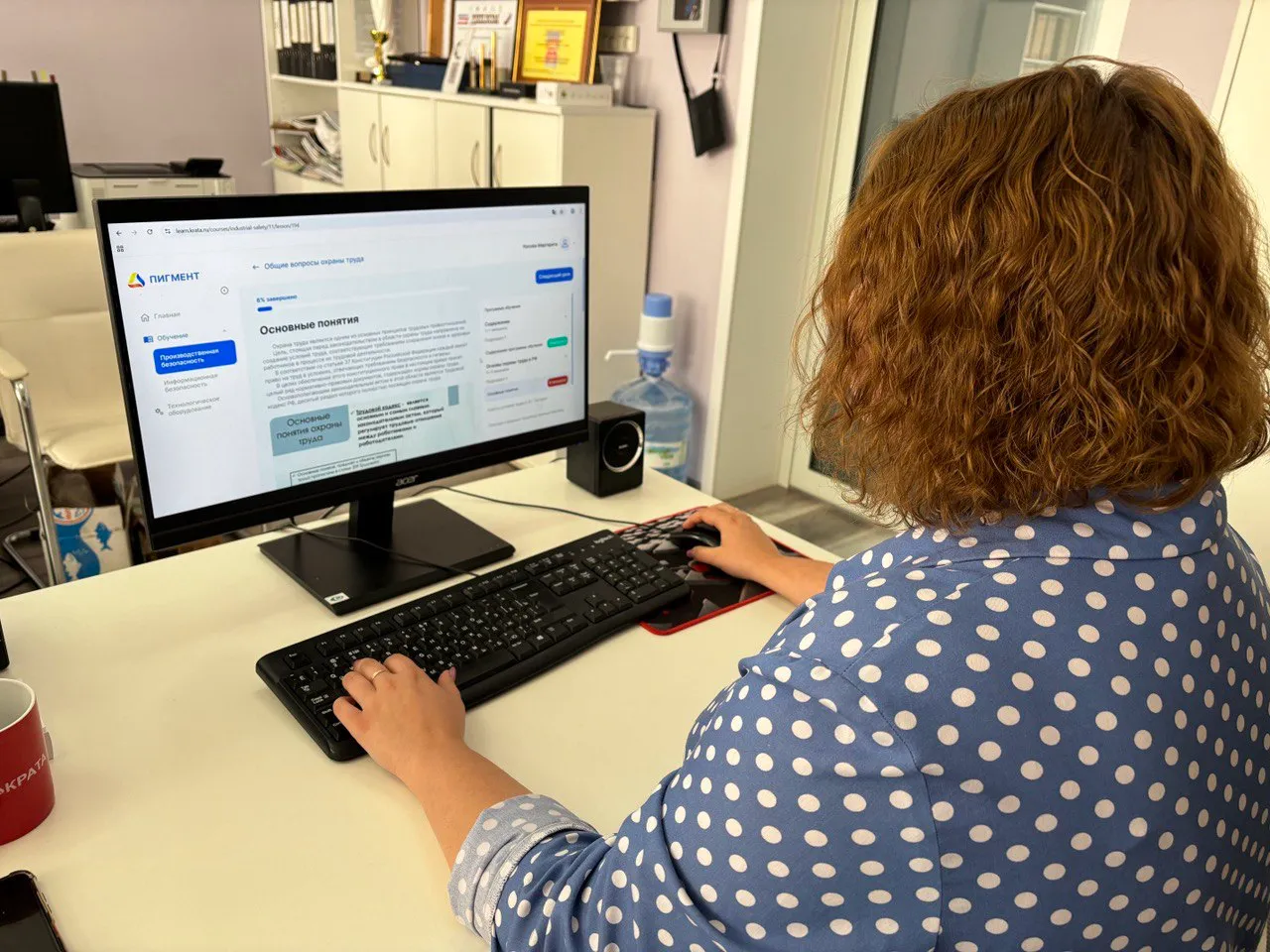
“Until the employee has mastered the material, they’ll keep retaking the tests. It’s all about attention to detail—every question is based on the course content,” adds Uglov.
Every worker must also pass industrial safety exams. Depending on specialization, courses cover subjects like working at heights. Fire safety and first aid are required for all.
A Workshop of Digital Ideas
Sakharov of RELEX also highlights the platform’s technical side: “The platform is built with state-of-the-art tools—Java 21, TypeScript, the React library, and PostgreSQL as the database. This ensures functionality, stability, easy navigation, and fast response times. It also integrates Active Directory authentication, so user profiles are managed securely, access rights are controlled, and activity is logged.”
Another mission of the platform is to assist engineers. Industrial equipment is costly and complex.
The platform itself is a constructor, evolving steadily. New courses are being designed, and more digital twins are under development.

Vlada Alekhnovich, a laboratory chemist in Pigments and Dyes, has completed several modules: “The platform makes it easier to settle into the job. It helps that the information remains available long after first study—you can return to it later to review or check your understanding. Sure, there are still minor flaws, but with our feedback, they get fixed. Overall, it’s a well-realized idea.”
And what about artificial intelligence? For now, it is not yet part of the platform, but it may be added soon to support navigation. Neural networks learn fast, after all. One day, they may help teach humans too.



